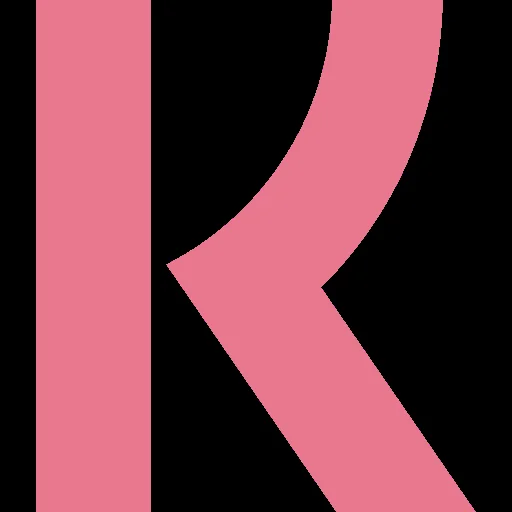The Real Price of Klarna's "Free" Perks
Klarna, the ubiquitous pink logo at the bottom of a million online checkouts, just made a very loud, very calculated pivot. The company that built an empire on letting you split a $150 sneaker purchase into four easy payments is now selling airport lounge access and rose gold metal cards for up to €44.99 a month. The announcement of its new Premium and Max membership tiers is being framed as a noble crusade: bringing elite credit card perks to the masses without the burden of expensive credit.
According to the official press release, Klarna Launches Memberships: Premium Perks Without Expensive Credit, CMO David Sandström stated that consumers shouldn't need "expensive credit to access premium benefits." It’s a compelling narrative. But when I see a company claim it's giving away over €5,000 in annual value for a monthly fee of €44.99, my analyst instincts kick in. That's a return of more than 900%. Numbers that good are rarely a function of generosity. They are a function of strategy.
The physical weight of the 16g metal card is meant to feel substantial in your hand, a tangible symbol of premium status. But the real weight here is in the strategic ambition this move represents. Klarna isn't just selling subscriptions; it’s attempting to fundamentally alter its relationship with its 111 million users. The question is whether the math behind this gamble actually adds up for anyone besides Klarna itself.
A Calculated Imbalance
Let's first deconstruct the value proposition. Klarna claims the Max tier offers perks worth "more than €5,000" annually. This number is derived by summing the retail cost of every possible benefit: subscriptions to The New York Times, ClassPass, Headspace, comprehensive travel insurance, and unlimited lounge access. This is, to be blunt, marketing arithmetic. It’s like a gym advertising that a membership is worth thousands because you could theoretically attend every single class they offer. In reality, user behavior follows a predictable curve. A small cohort of power users will extract significant value, while the vast majority will subsidize them by underutilizing the benefits they're paying for.
What is the projected breakage rate on these perks? In other words, what percentage of the offered value does Klarna anticipate the average user will actually redeem? We don't have that data, and that silence is significant. The success of this model doesn't depend on users maximizing their benefits; it depends on them not maximizing them, while still feeling good enough about the potential value to keep paying the monthly fee.
This entire setup is less a customer benefit program and more a finely tuned financial instrument. Klarna is effectively creating a perks-based annuity stream for itself. It’s a Trojan Horse, using the allure of lifestyle benefits to achieve a much larger, more critical objective: transforming the `Klarna account` from a transactional tool into a primary financial hub. The membership fee isn't the product; it's the cost of admission to an ecosystem designed to capture a much larger share of your financial life.

The Pivot from Payments to Primacy
The real story here isn't the perks. It's the plumbing. As analyst Ben Danner of Javelin Strategy & Research correctly identifies, the goal is to get customers to load and hold cash balances, drawing from them with the new `Klarna Card`. This move positions Klarna not as a competitor to `Afterpay` or `Sezzle`, but as a direct challenger to neobanks, `PayPal`, and even traditional checking accounts.
Why is this so important? Because a user who simply uses Klarna for a `Klarna payment` at checkout is a transient customer. A user who holds a balance and uses a Klarna-issued card for daily coffee is a captured one. The data generated by that activity is exponentially more valuable. This is the "super app" ambition in action, a playbook we've seen attempted by everyone from Uber to Venmo.
I've looked at dozens of fintech growth strategies, and this is a classic 'land and expand' play, but the execution risk is substantial. Klarna is betting that the same user who is careful enough to want to split a payment without interest is also aspirational enough to pay a recurring fee for luxury perks. Is that a contradiction? Or is it a brilliant insight into the modern consumer psyche?
The company points to the success of Klarna Plus in the U.S., which gained 100,000 members by June 2024. The press release stated customers saved an average of $18 per month in the first month. To be more exact, it was $18 in the first month on a $7.99 subscription. This is a carefully selected data point. What were the savings in month two or month six, after the initial novelty wore off? Without longitudinal data, that single statistic is more promotional than evidential. With Klarna's IPO valuation (reported at around $15.1 billion), the pressure to generate stable, recurring revenue streams is immense. This membership model is a direct answer to that pressure.
The Real Product Is User Behavior
Ultimately, Klarna's new membership tiers are a beautifully packaged arbitrage play. The company is arbitraging the perceived value of premium perks against their actual, bulk-negotiated cost and low redemption rates. The monthly fee is a distraction. The subscription is a mechanism to fundamentally change user behavior, shifting customers from one-off BNPL transactions to daily engagement within the Klarna ecosystem.
This isn't about giving you a cheaper way to get into an airport lounge. It's about getting you to trust Klarna with your direct deposit. It's a calculated, data-driven effort to become the financial dashboard for a generation that is deeply skeptical of traditional credit cards but still desires the status they confer. The entire model hinges on the assumption that a user enticed by a metal card will eventually trust Klarna with their entire financial life. That's a big leap of faith, and the most important data—the long-term adoption and churn rates—is a story that has yet to be written.
